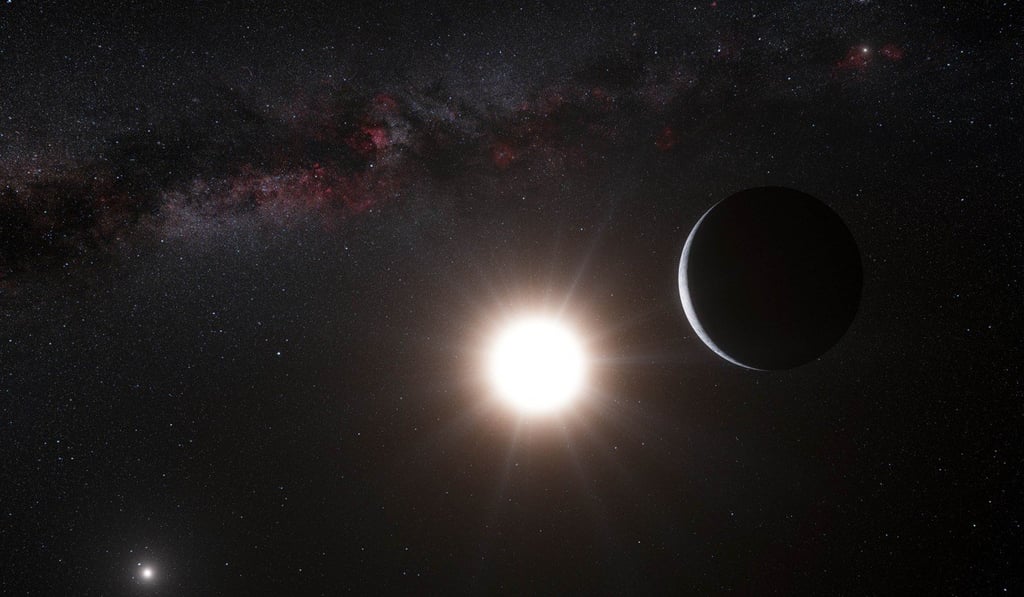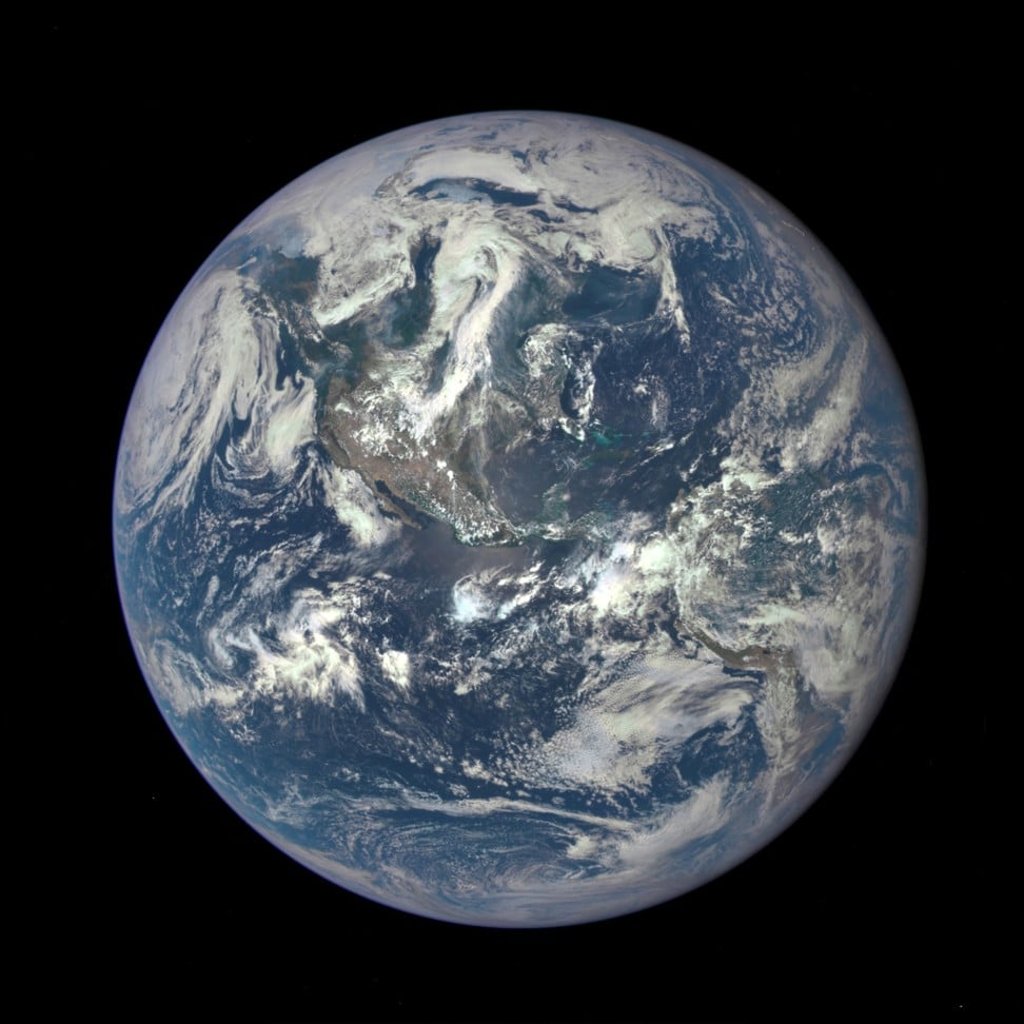Interstellar rock visiting our solar system a reminder of how far we’ve come, and still have to go
Paul Stapleton says the recent discovery of a space rock from beyond our galaxy shows the power of our technology, but also how much we have to learn about the universe

Although such rocks have certainly crossed our path thousands, if not millions, of times over the aeons, this is the first time we have noticed. And we should be impressed that modern telescopes can spot such a small object travelling so fast and, fortunately, so far away (about 25 million km from Earth at its closest approach). Equally impressive is that astronomers can tell by its trajectory that it is arriving from distant space.

These eerie space ‘sounds’ recorded by NASA are creepy enough to make your skin crawl
The closest star, Alpha Centauri, is four light years away, and if the space rock came from there, it departed tens of thousands of years ago at its present leisurely pace. But it is more likely to have come from a much greater distance, and it is even possible that it began its journey before the Earth existed.
Some appreciation of this feat of discovery requires a different perspective from our usual day-to-day thinking about the passage of time and our place in the universe. If we accept the scientific explanation that the Earth is 4.5 billion years old, and life began a billion years later, then the appearance of archaic homo sapiens, perhaps 200,000 years ago, must be considered extremely recent.
Scientists rejoice as telescopes capture ‘most spectacular fireworks in universe’, an epic collision that creates gold
Another way to better conceptualise this passage of time is to imagine yourself standing with your arms stretched out to either side. If the tips of your fingers on your right hand represent the beginning of life on Earth, and moving towards the tips of those on your left hand represents the forward passage of time until the present, the total existence of homo sapiens amounts to a mere brush of the tip of your longest fingernail on your left hand with a nail file.

